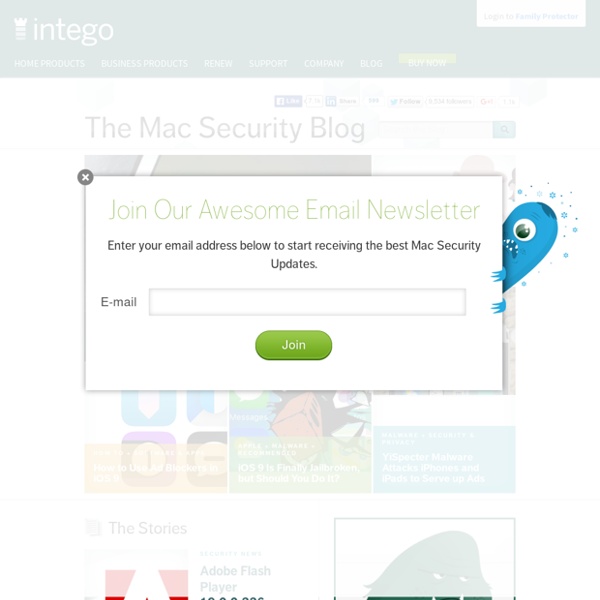The Mac Security Blog
Last Friday, Adobe Systems released an ahead-of-schedule update to resolve a widely known vulnerability... By Derek Erwin All businesses face cybersecurity challenges, which means proactively protecting organizational assets, employees and consumers... This month begins the 12th annual National Cyber Security Awareness Month (NCSAM), coordinated and... Apple has updated its XProtect.plist definitions file to version 2068, providing OS X with... The Apple Watch recently received its second major update, which patches a total of... Adobe Systems has released Flash Player 19.0.0.185 for Macintosh and Windows with patches for 23...
What’s Next for Apple
I have no inside information or insight, but historically Apple’s product improvements have strongly broadcasted where they’re going in the future. Here are six things I think are inevitable for Apple to do over the next decade, from most to least obvious: maps, iCloud, payments, TVs, search, and cars. 1. Maps When the iPhone was first released Steve Jobs called Maps on iPhone the best version of Google Maps on the planet, with emphasis on what Apple’s designers had brought to Google’s raw technology (can’t find that link). Google Maps + Navigation on Android is my favorite mobile app of the past 3 years (haven’t used Siri yet) — it’s what Garmin should have built $8 billion in revenue and R&D ago. 2. iCloud They know this is best for consumers. 3. Your phone becomes your credit card. 4. I recently got one of the new Thunderbolt displays and man, a super-sized version of this would be killer in my living room. 5. 6. This is the most far-out, but I think most certain. Like this: Related
Related:
Related:



